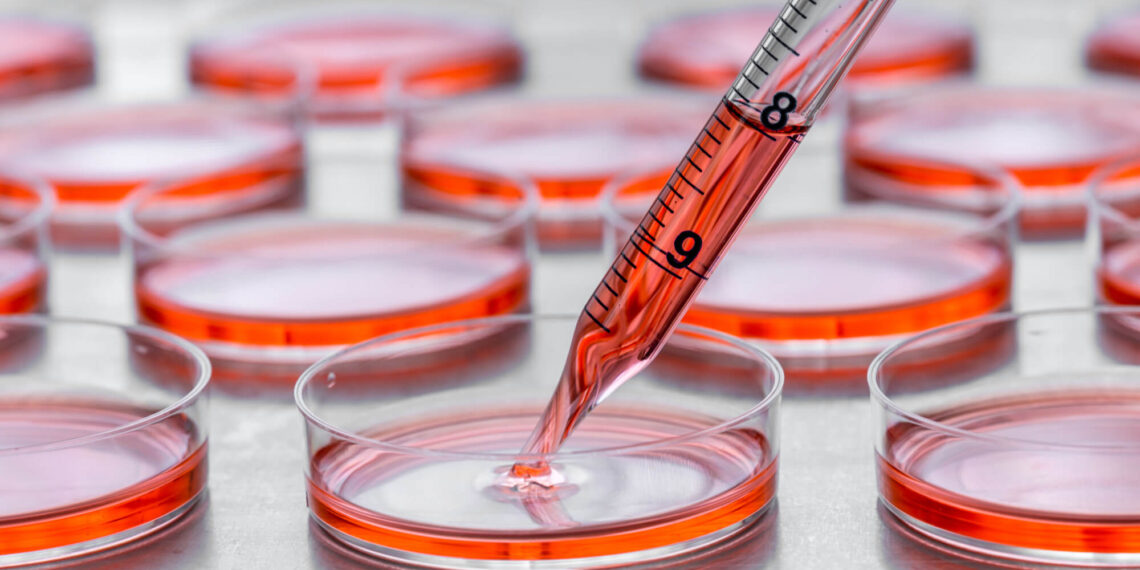There has been a lot of talk in the news in recent years about stem cell research. But how do stem cells work? And what applications can they have for science and medicine?
Read on to find out all about stem cells and how they work!
What are Stem Cells?
You might know of stem cells as cells taken from a human embryo, but did you know that adults have stem cells, too? Stem cells can develop into many other types of specialized cells throughout the body. They get the name from their potential to grow into these other types of cells, so other cells “stem” from them.
There are about 200 different types of cells in the human body, and embryonic stem cells can transform into any one of those. This is why scientists used them in research in the past because they are so versatile.
Adult stem cells can replenish cells in the areas where they live. They are specialized cells that can turn into cells such as cartilage, bone, muscle, or tendon cells.
How Do Stem Cells Work?
“Pluripotent” cells such as embryonic stem cells can transform, or differentiate, into any type of cell in the body based on what the body needs. “Multipotent” cells like adult stem cells can only turn into a few specific types of cells for that area.
Adult blood stem cells can form into any type of cells in the blood, such as white blood cells, or red blood cells. But they cannot turn into other types of cells, such as neurons or skin cells. Thankfully, there are other adult stem cells in those areas that can.
Scientists can induce pluripotent cells in a lab, making them a kind of man-made stem cell, starting with adult stem cells and reprogramming their DNA to make them into pluripotent cells.
Both kinds of stem cells start as undifferentiated cells that have not yet taken a path towards what type of cell they will differentiate into. Once the cells differentiate, they become specialized for all our body’s different needs.
On the molecular level, this process has to do with the gene expression of individual cells. Scientists are still researching to find out why stem cells differentiate the way they do.
Uses and Applications for Stem Cells
Scientists can use stem cells to heal injuries in our bodies. These cells are always dividing, growing, and then differentiating into the type of cell that the body needs to create or regenerate.
Since stem cells target inflammation in the body, the cells “know” to start making new cells of that type to replace the damaged ones. Scientists can introduce stem cells from other parts of the body to a wounded area to help you heal faster. The new stem cells would get started on making new tissue or bone right away to heal your injury.
Aside from helping you heal from injuries, stem cells can also help treat certain diseases. Research is still underway on the benefits of stem cells in treating diabetes, heart disease, Parkinson’s disease, and other diseases. One of the proponents of stem cell science, Dr. Kenneth Chien, is researching how to help people with heart disease using stem cell therapy.
One application for stem cell therapy going on now is to help patients with leukemia and other rare blood cancers. Bone marrow transplantation uses stem cells donated from an adult with healthy bone marrow to replace the diseased cells with healthy ones, which will grow into new blood cells for the patient.
Dispelling Controversy
At the beginning of stem cell research, scientists indeed harvested stem cells from human embryos that were fertilized in a laboratory. They created the embryo using in-vitro fertilization and developed it using cloning techniques. After they isolated the cells, they were able to divide and grow infinitely, so now scientists can do all kinds of life-saving research using these cells.
Some people have ethical dilemmas about using cells that could have created a human being, which is why there has been such a controversy about stem cells in the past. But since these cells were put together in a lab, rather than by their ‘parents,’ the cells were never going to become a real person.
Nowadays, scientists mostly use adult stem cells, cells long since derived from the original cell samples, or lab-created stem cells using adult cells.
Benefits of Stem Cells
There are many potential benefits for scientists to continue stem cell research long into the future. Not only could we see cures for many common and rare diseases, but we could also have ways for people to heal from complicated injuries, and even re-grow damaged tissue, including organ tissue. Scientists can also use stem cells to test medicines instead of doing human or animal testing.
The potential benefits are boundless on how we can use stem cells to heal people. Everything from growing new retina cells for people with damaged eyesight to maybe even curing cancer one day.
Think about how, in the future, if you ever needed a heart transplant, you could use your own stem cells to grow yourself a new heart instead. The applications of this research are limitless, and it is going to save so many lives, perhaps even your own.
Stay Informed About Stem Cells
How do stem cells work? Scientists are still working on providing a more satisfactory answer. For now, we know that stem cells work by dividing and differentiating into all the different kinds of cells we need throughout the body.
As we progress as a society and we get further results from our research, we’ll one day be able to cure all sorts of diseases using stem cell science.
Until then, stay informed by reading up on scientific journals and blogs, and keeping up with how technology works. Check out the other articles on our blog to learn more about technology and innovation today!

